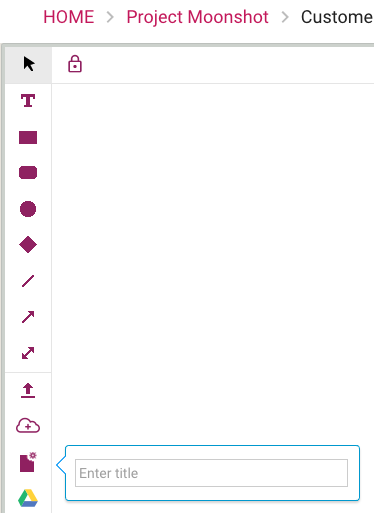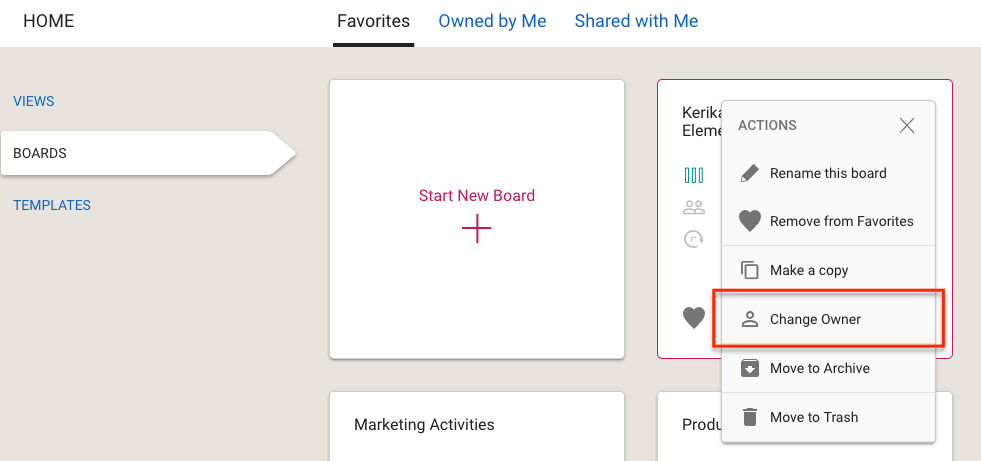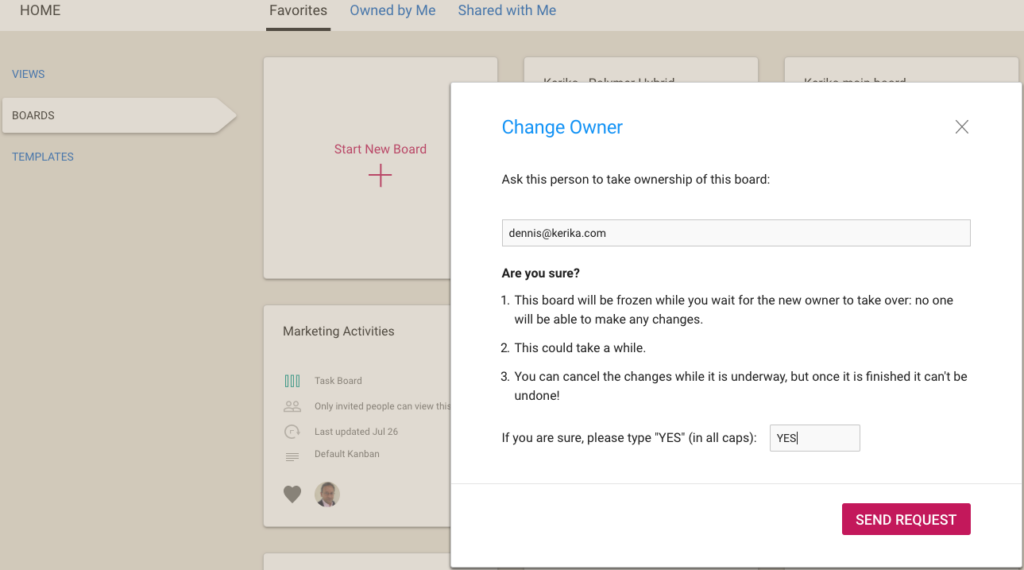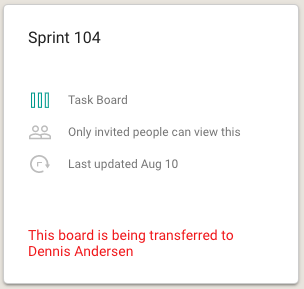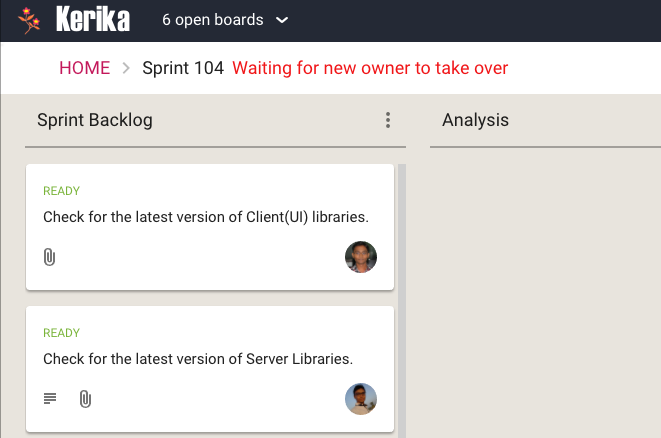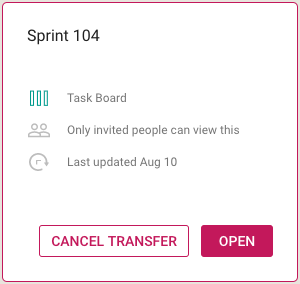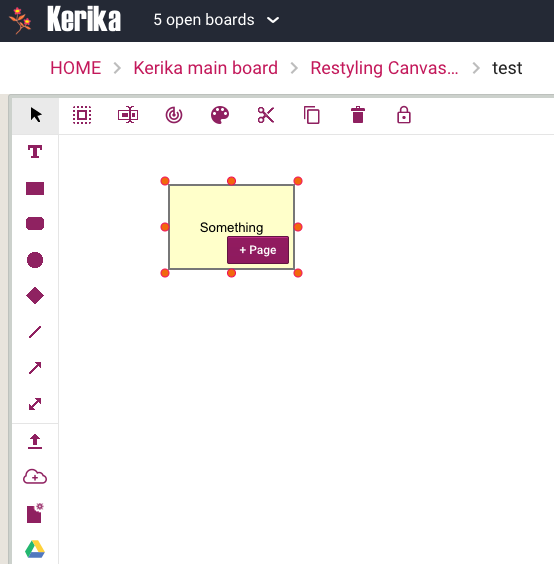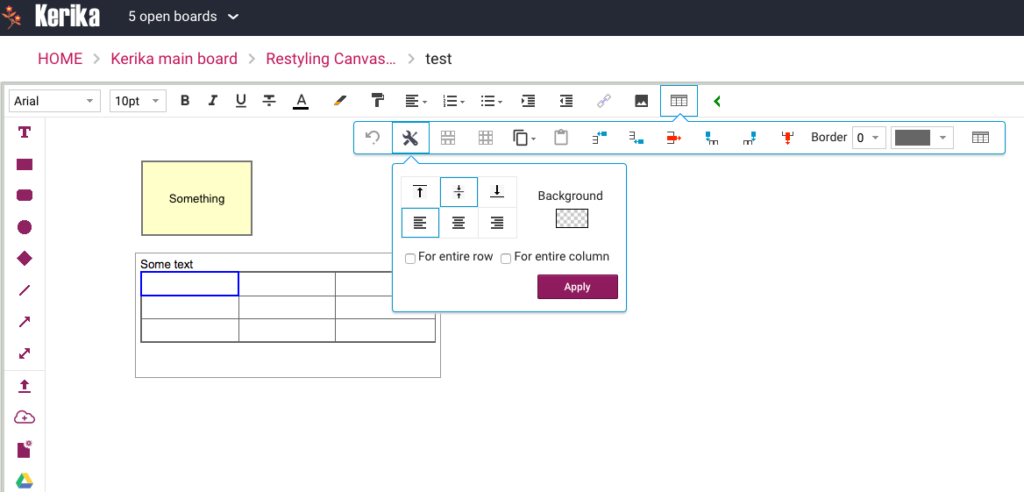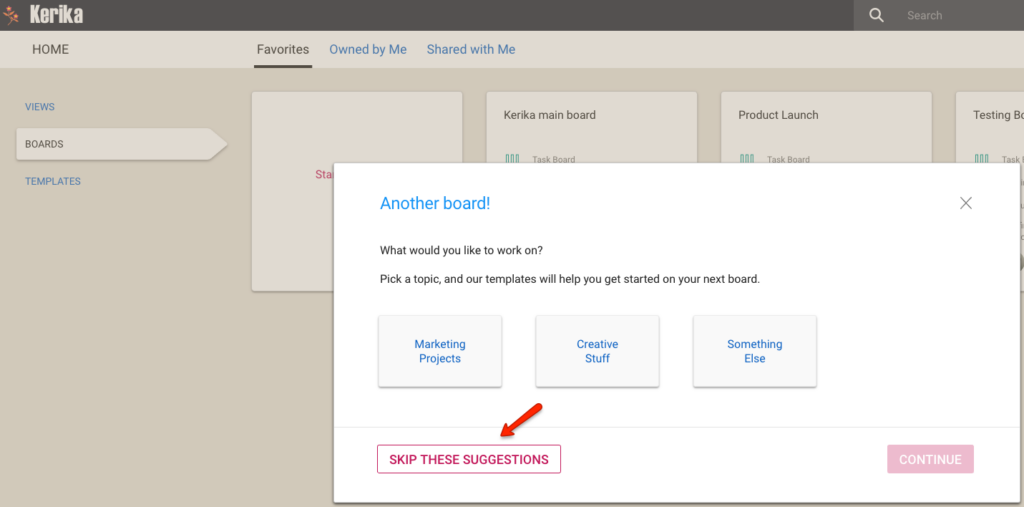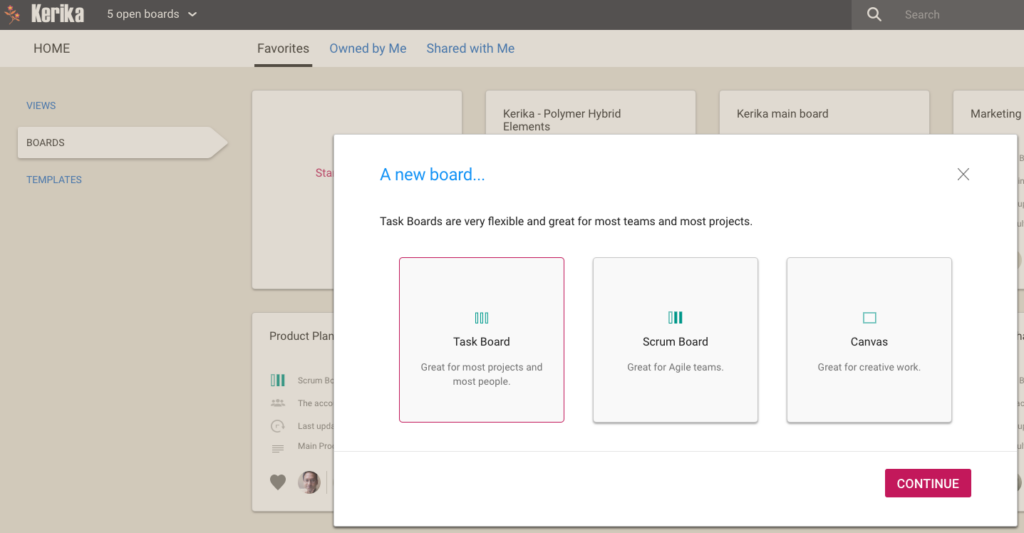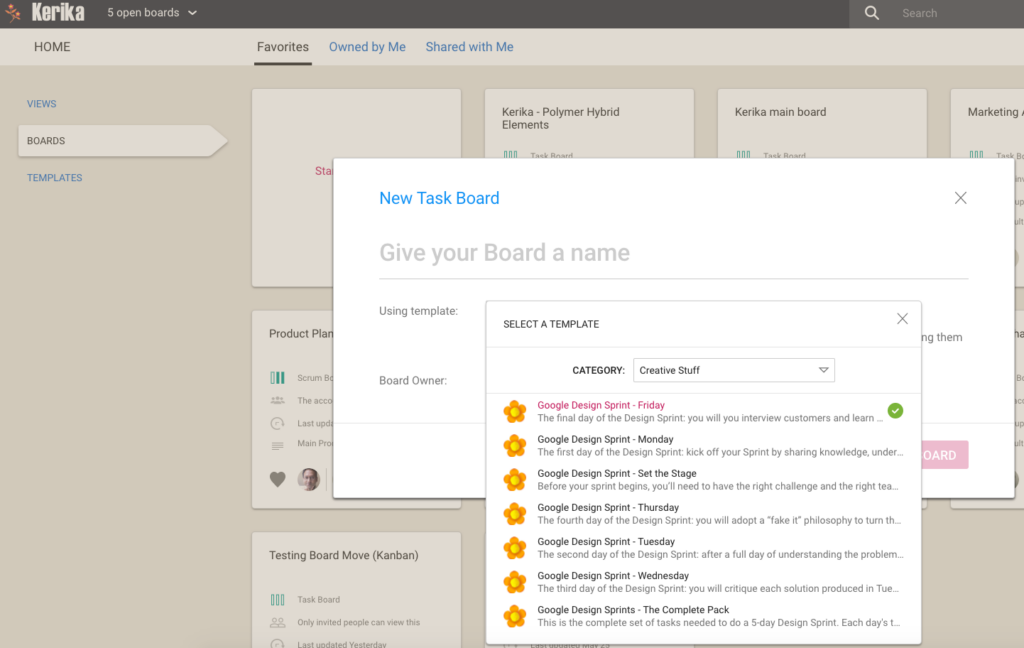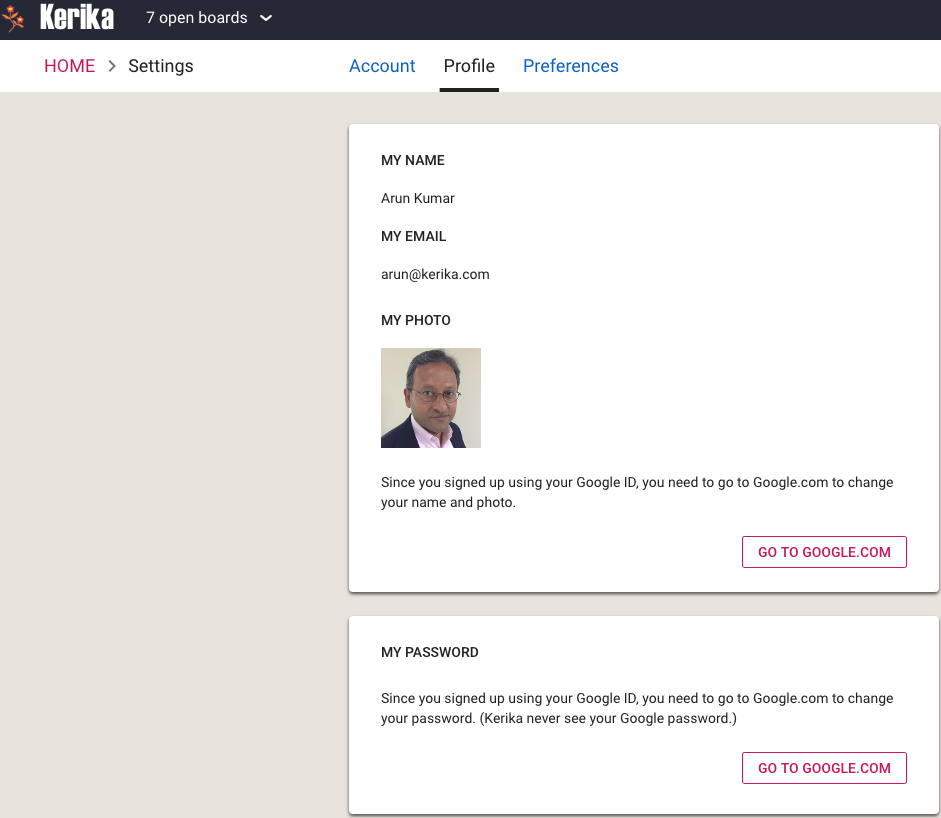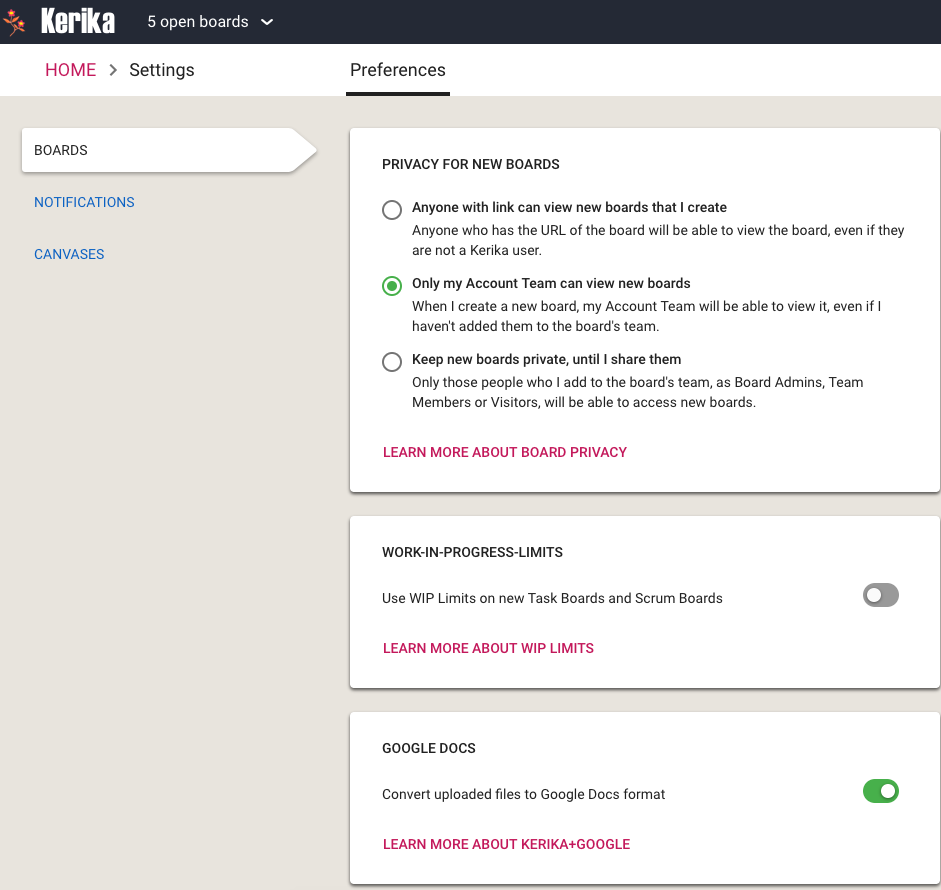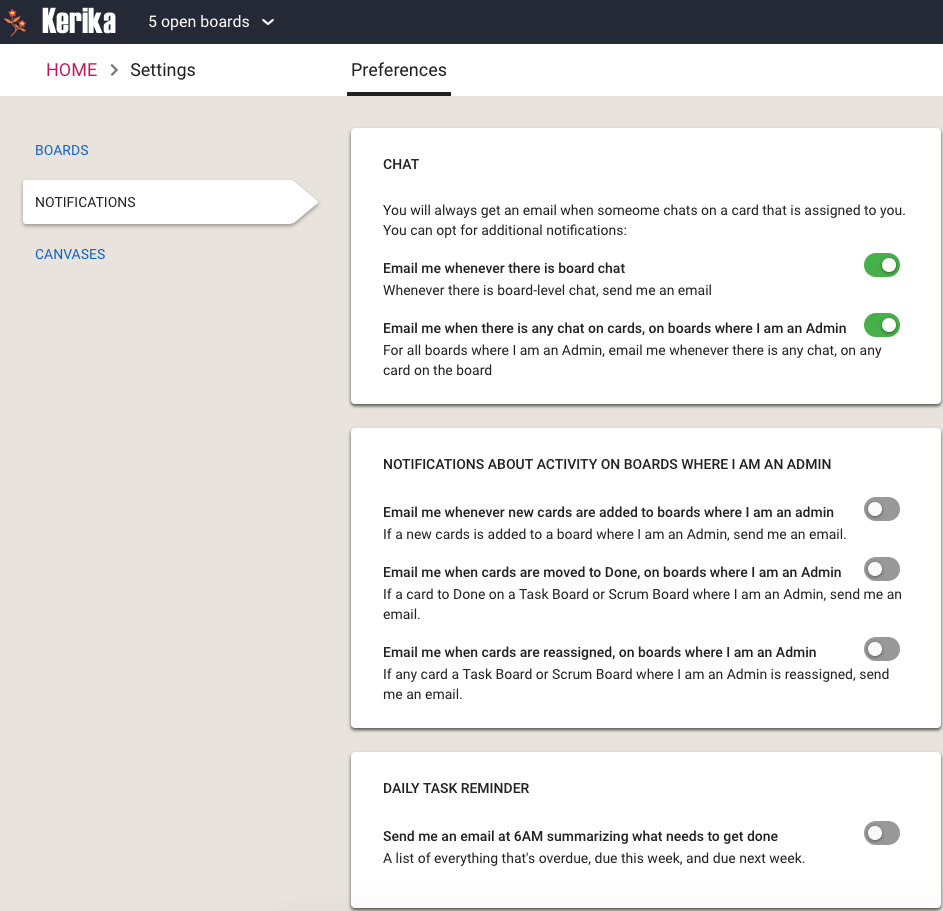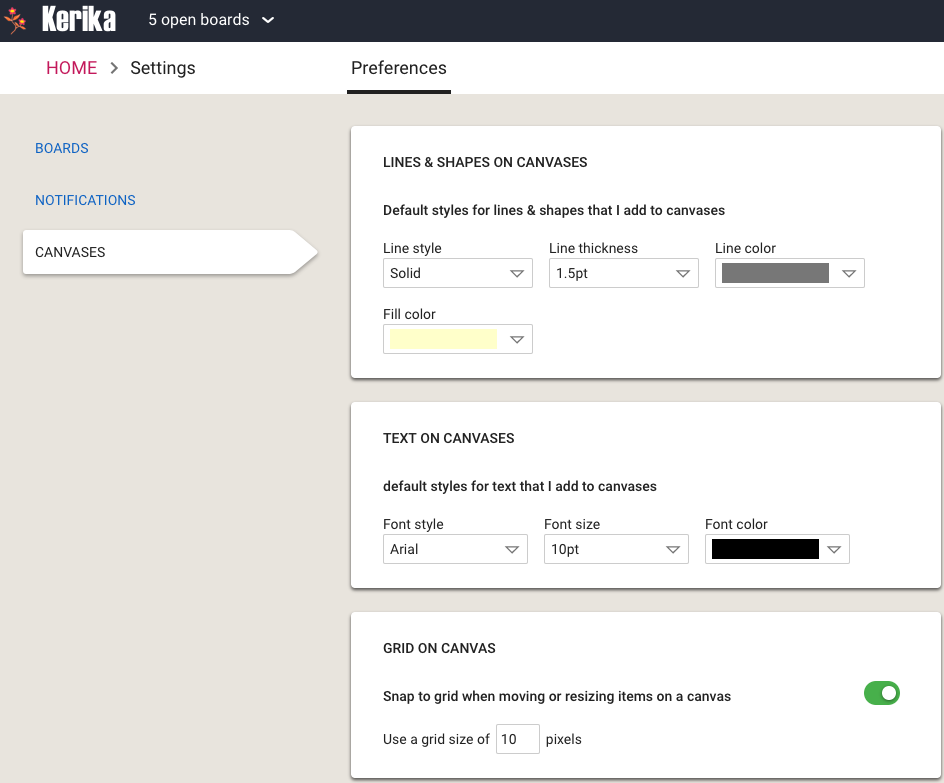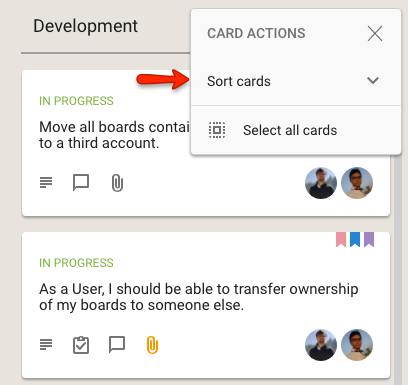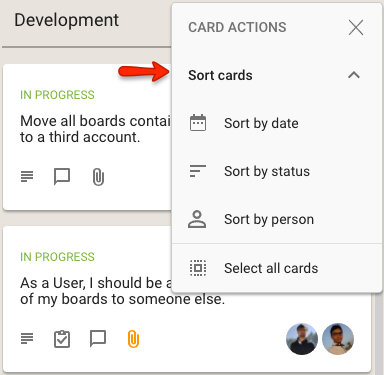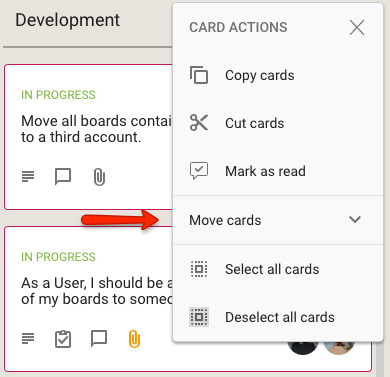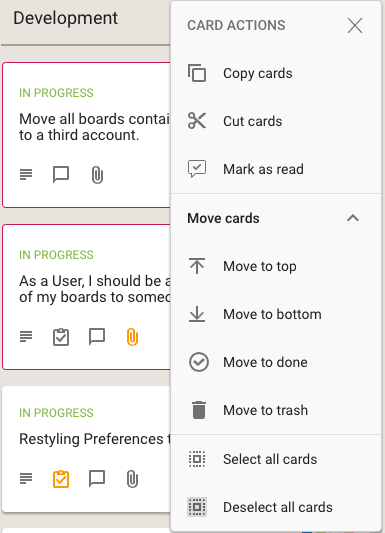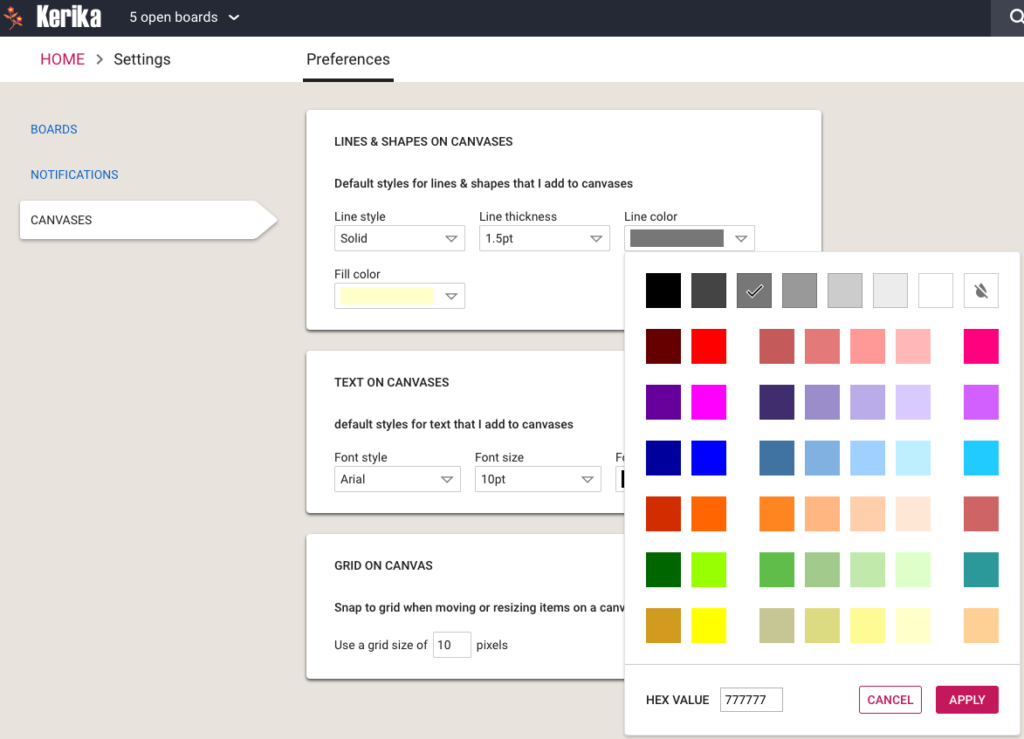In many of our customers, we find there are specialists who get pulled into many different projects (boards) at the same time, to do very specific tasks.
An example would be an security specialist who is called in to do a vulnerability assessment on every development effort that’s underway within an IT organization. Or, corporate counsel who are asked to review final drafts of every contract, after everything else about the negotiation has completed.
In all situations it’s important to help new team members come up to speed as quickly as possible, but for situations where people are parachuting in to handle specialist tasks, the motivations are a little different: the specialists often don’t care about every detail of the board — which means they don’t care for most of the cards that are already on the Task Board or Scrum Board.
Instead, they want to quickly see what’s been assigned to them, get these work items done, and (hopefully) get out quickly.
So, how can Kerika help people who parachute into projects in mid-stream? By drawing their attention to what’s expected of them.
Here’s how it works:
When you invite someone to join a board’s team, their status is shown as Pending invitation in the Board Team dialog:
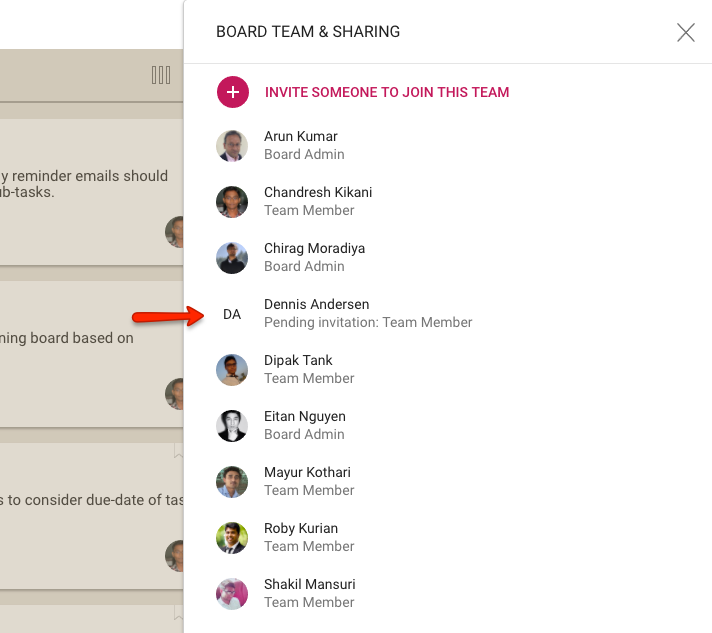
Kerika lets you pre-assign cards while you are waiting for the new team member to join: in the example above, Dennis could be assigned cards while the team is waiting for him to act upon the invitation.
When Dennis does accept the invitation, the Kerika welcome dialog works to guide him to a fast start in his new project:
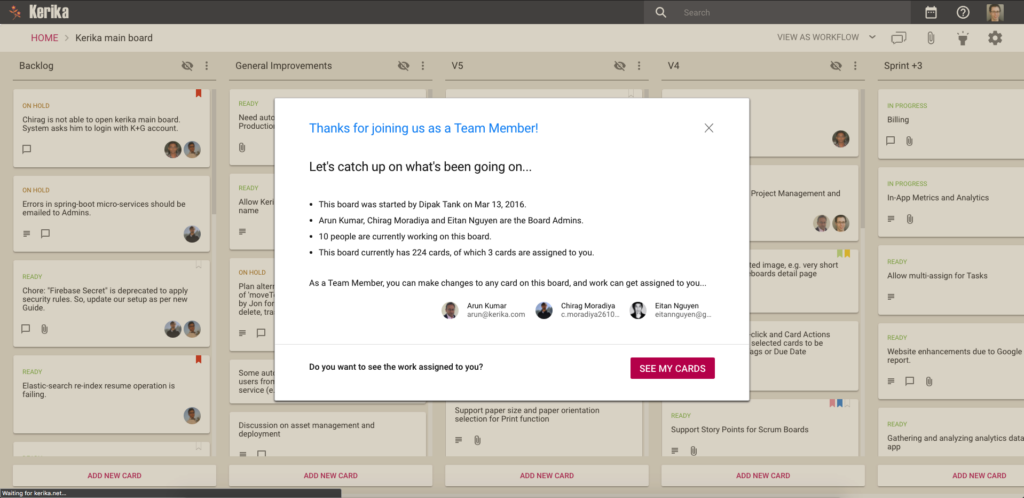
The welcome dialog starts by giving the new team member a quick overview of the project’s state: how long it’s been going on, how many cards are on the board — and, critically, how many cards are already assigned to the newly arrived team member.
Clicking on the See My Cards button in the welcome dialog provides a fast way for the new user to see what’s expected of him/her in this new project:
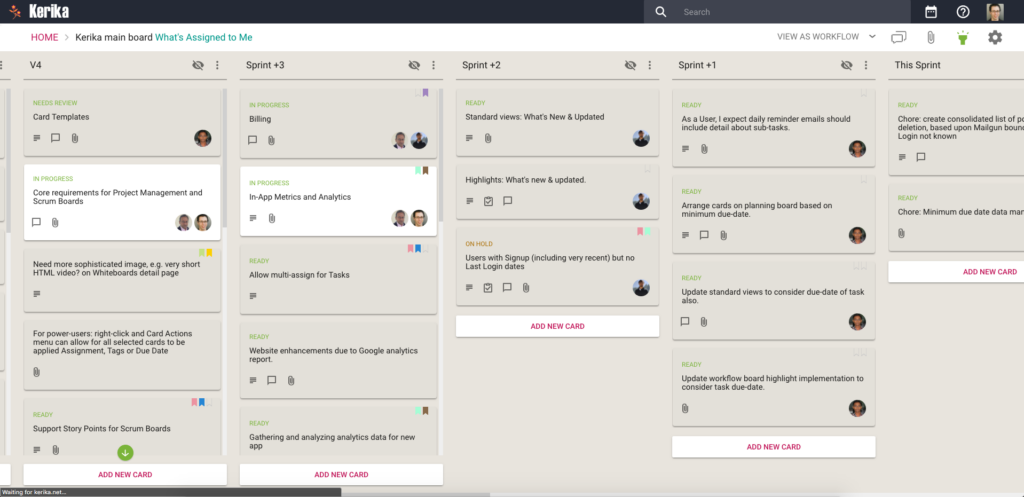
This feature will be especially useful for specialists who are called in to handle specific tasks on many simultaneous projects: they won’t care about all the cards on each board, just what’s assigned to them.
Get in quick, get your work done fast, and then get out again.
